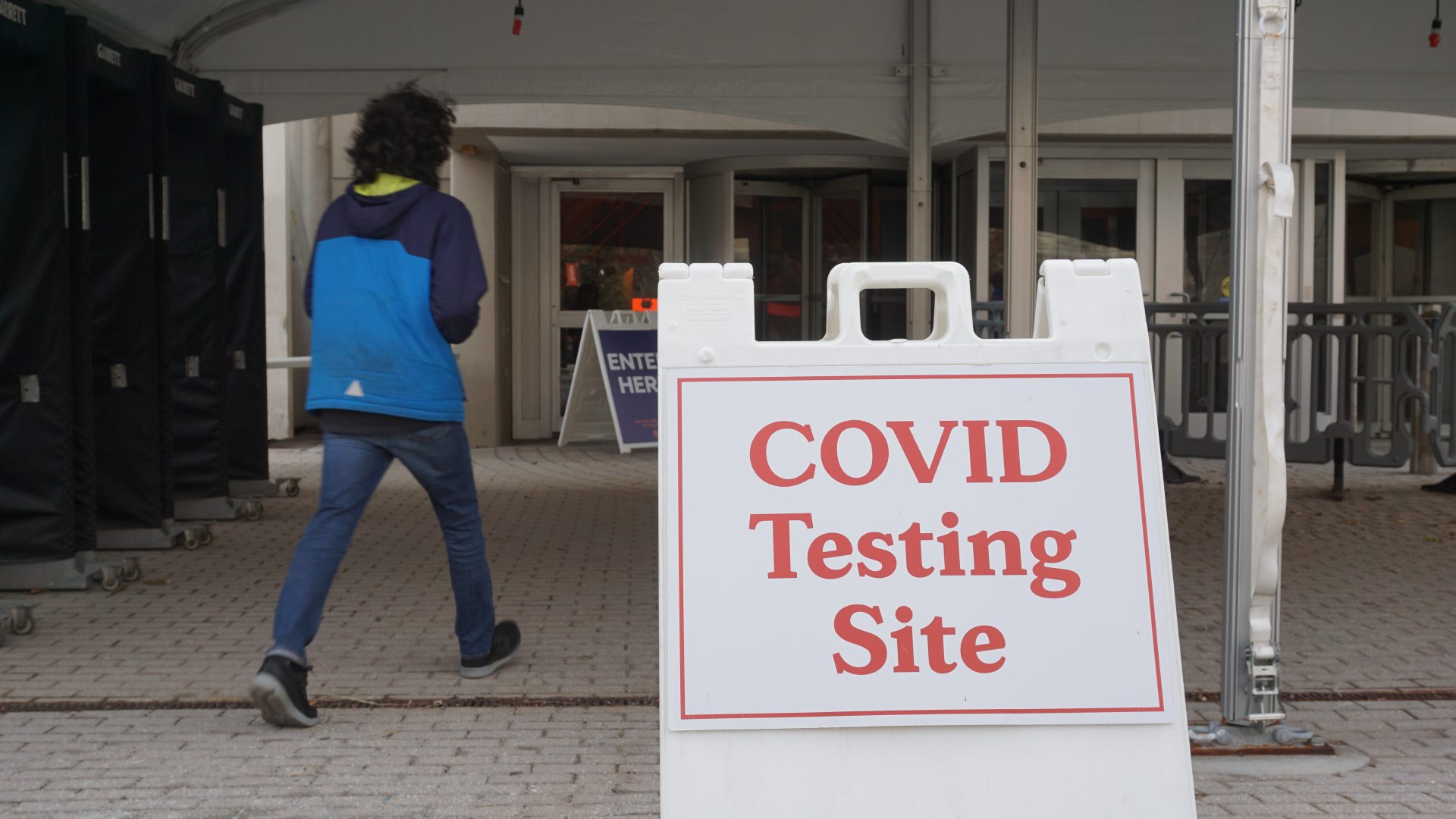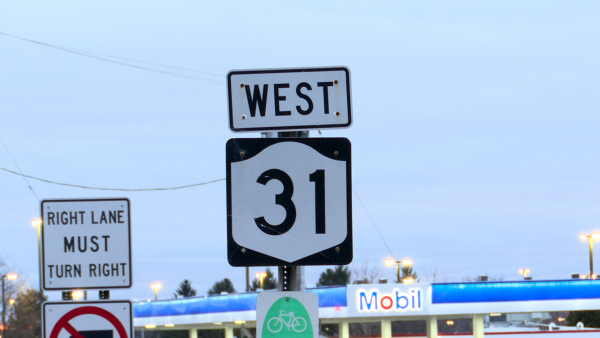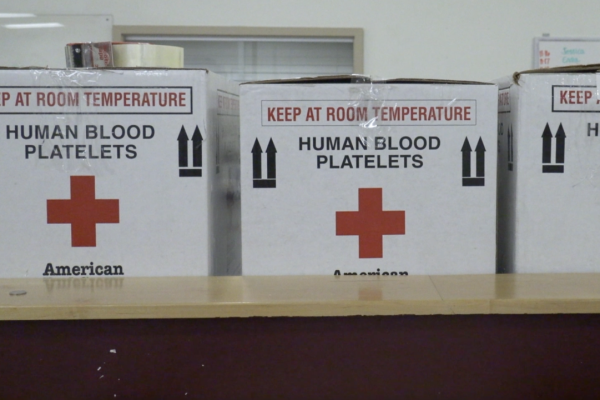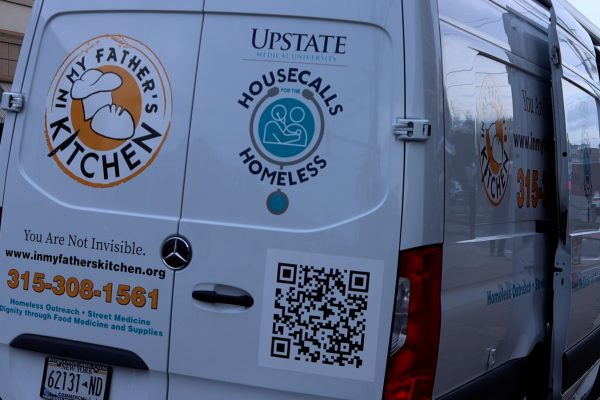
SYRACUSE, New York (NCC NEWS) — Bridgit Patterson was in a dark place. Filled with physical and emotional angst over her forced social isolation and the constant COVID threat, she started to look for a way out.
“I said to my mom that something’s not working. I need to figure something out,” Patterson said.
That something was going back home. The issue, for Bridgit and Syracuse University at large, is this is a much more complicated process than it sounds.
For Patterson, a home environment with multiple at-risk people meant she could not risk bringing the pandemic back home with her, especially troubling considering cases within the Syracuse community had already begun their rise that has continued over the last month.
“I am lucky enough to have a small cottage that we own on the lake,” Patterson said. “I actually quarantined there first – with no contact with anyone – and then came home.”
Most students aren’t so lucky. This is something J. Michael Haynie, Syracuse’s Vice Chancellor for Strategic Initiatives and Innovation, knows all too well. He is in charge of communicating the University’s handling of the pandemic.
“I have told people that what we’ve tried to do this semester was more complex than anything I had to deal with in 14 years in the military,” Haynie said.
The final hurdle has become no less complicated than all the previous. With cases continuing to rise across the country and in central New York, which for so much of the semester had managed to stay relatively COVID-free, the emphasis on keeping students and their families safe has taken on greater urgency.
“It (has) everything to do with making sure that our students go home in a way that doesn’t put their families at risk, put the communities they’re going to at risk.” Haynie said.
He went on to say that it is impossible to force students to take the ‘departure tests’ the University is pushing, over 10,000 students have, nearly 66% of the student body.
While it certainly isn’t a full-proof way to contain the pandemic spreading outward from campus, Patterson and others acknowledge the effort compared to other institutions.
“Speaking as a twin sister to another college student – I see how they handle things and just send everyone home,” Patterson said. “I feel that at least the university making those efforts to test people before sending them home is a great thing.”
The spring semester is still scheduled to begin on January 25th of next year.




